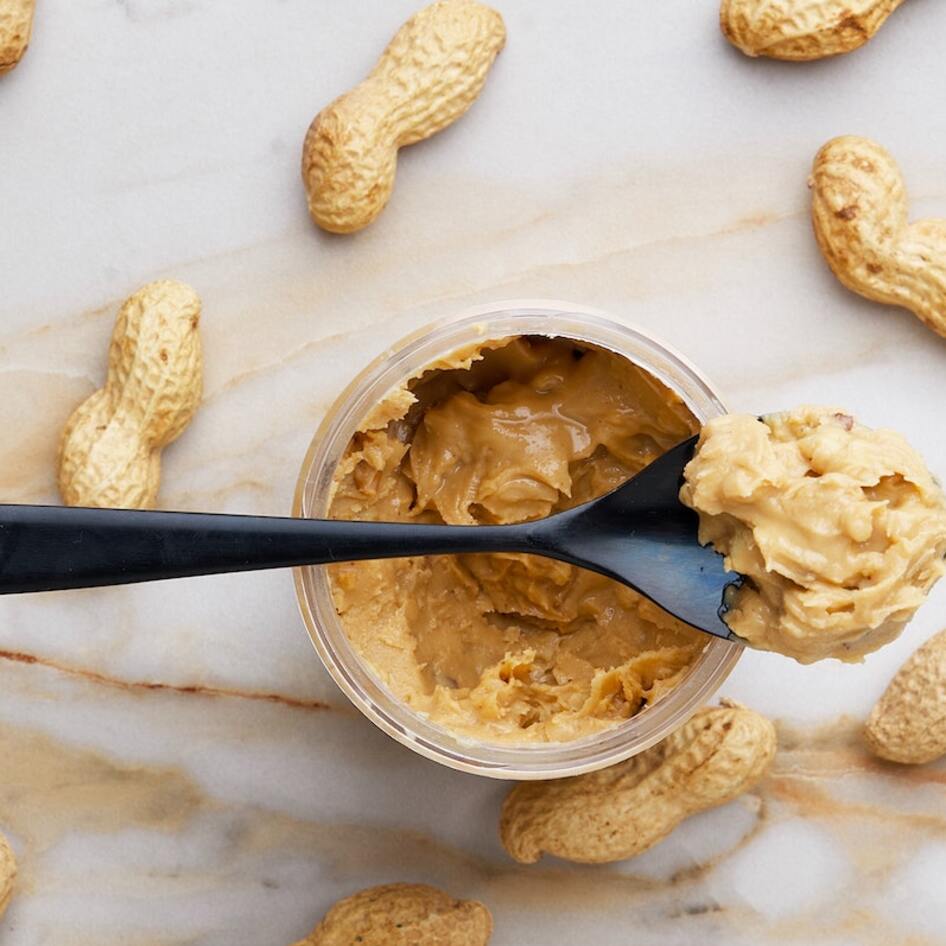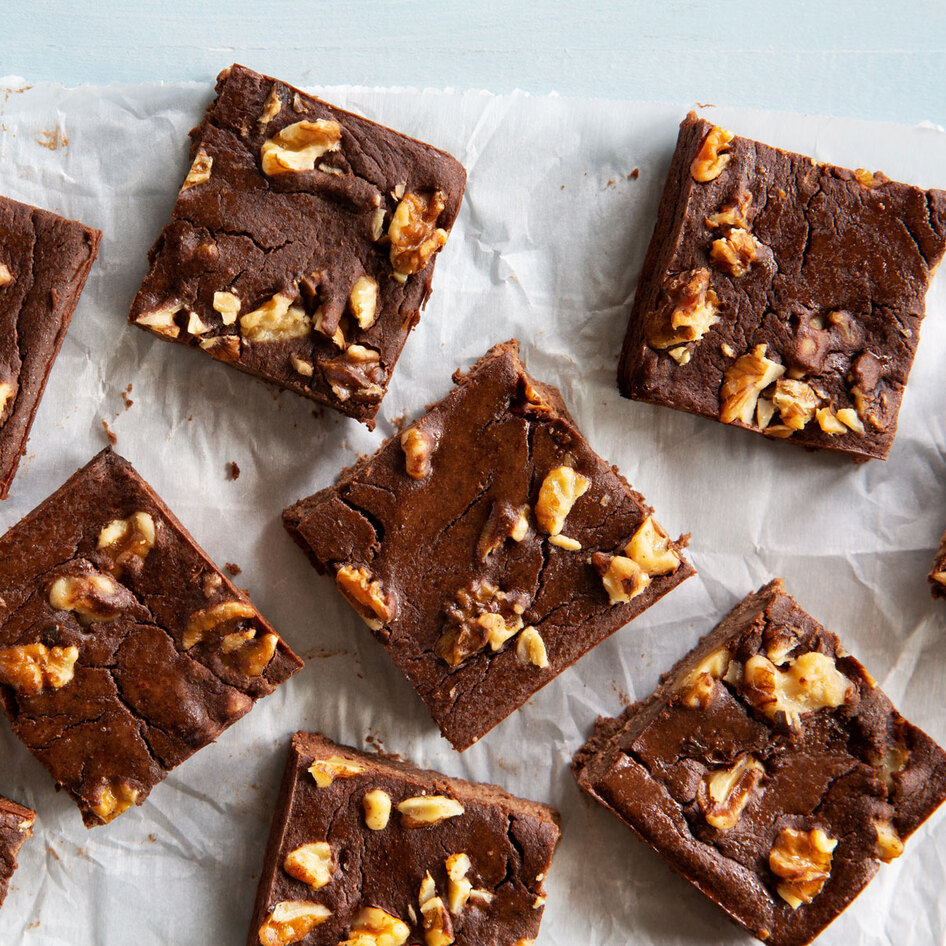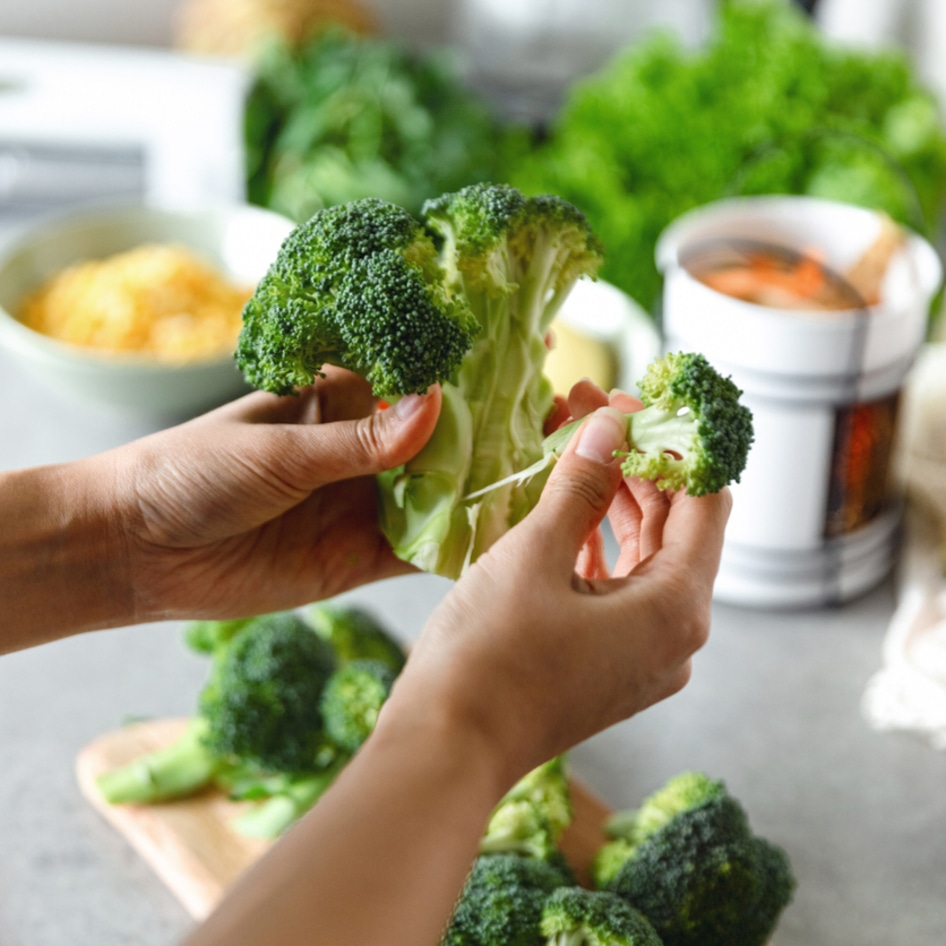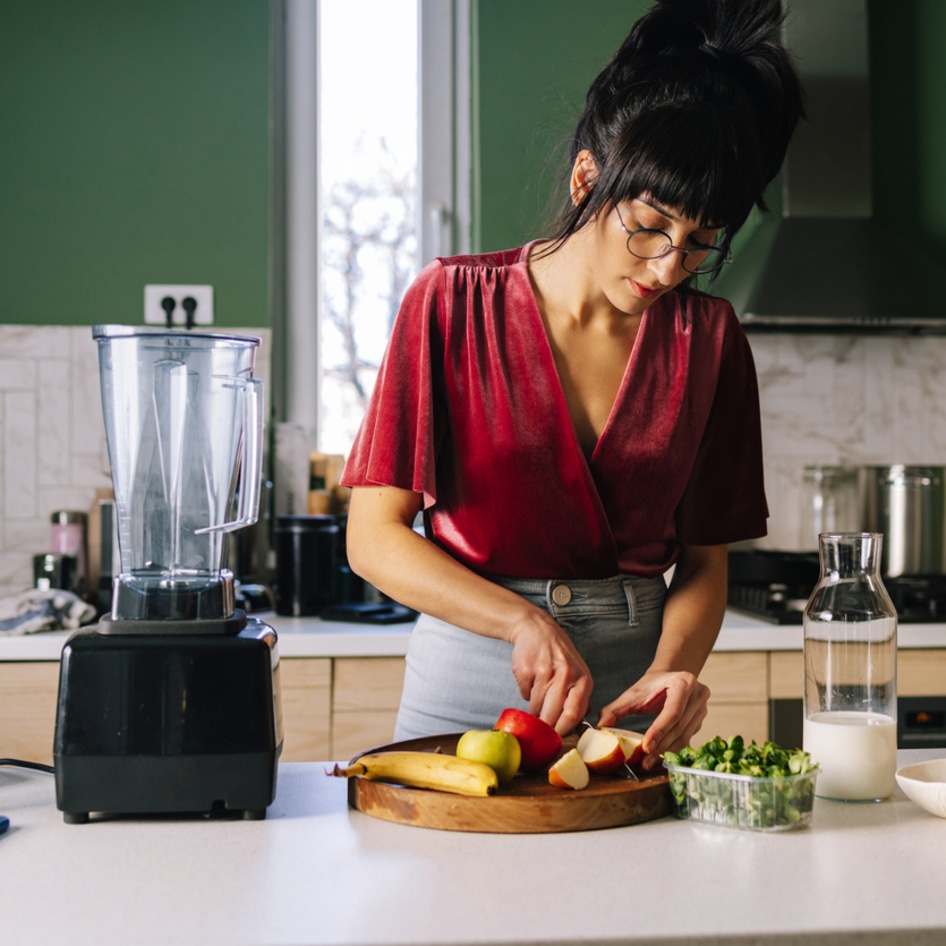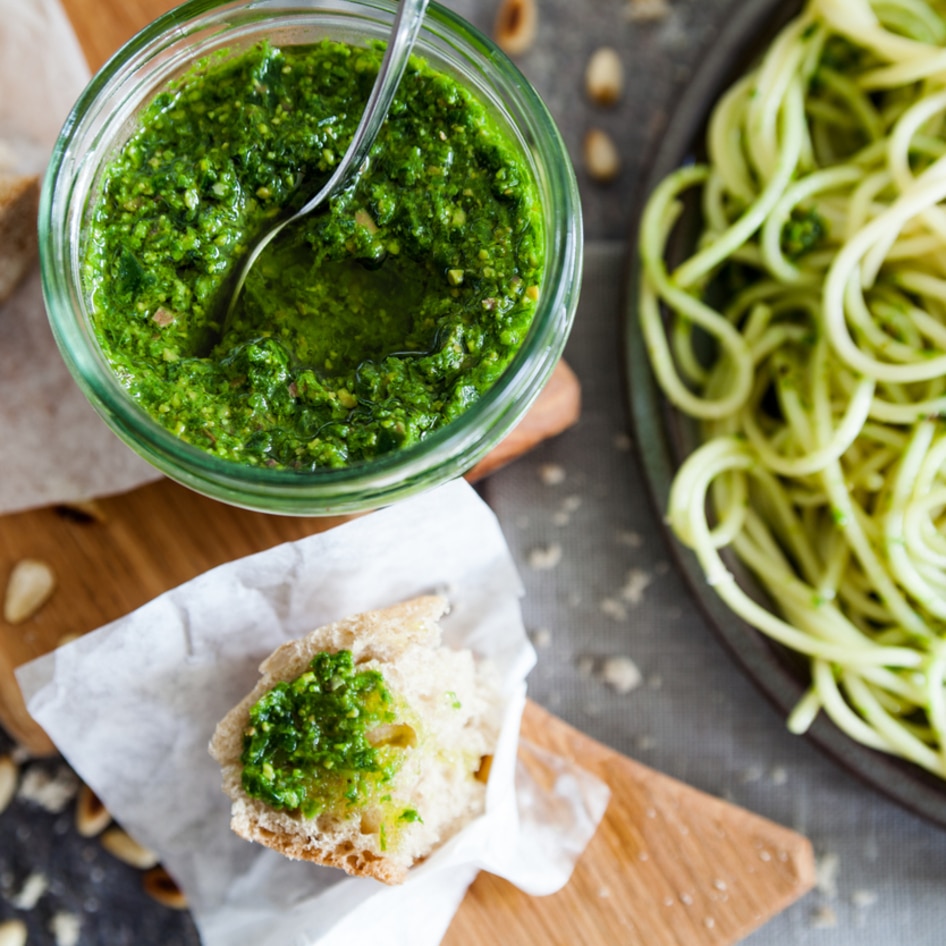5 Kitchen Staples Every Vegan Should Have
Making kitchen mainstays yourself is easy and cheapall you need is this handy guide.
January 26, 2016
Chances are, you use one (or more!) of the following five kitchen staples every day. Instead of adding them to your weekly grocery list, you can make them yourself, saving money and avoiding potentially nasty—not to mention un-natural—add-ins. With a bit of extra time invested, these five kitchen staples will add to that list of things you can DIY.
Vegetable Broth
Did you know that some stores sell a 32-ounce carton of vegetable broth for around three bucks? Considering it’s not much besides water and, well, vegetables, that seems a little silly, especially when making your own is just as easy as adding vegetables with water. Peels, stalks, leaves, roots, ends—anything works. However, there are some vegetables you should avoid, as their flavors will overpower the stock. Artichokes, Brussels sprouts, broccoli, cauliflower, cabbage, and turnips will give your stock a very strong taste.
Nut Butter
We all pay a premium for peanut, almond, and cashew butter that is actually just peanuts, almonds, and cashews. Why not make it yourself, and save money in addition to knowing exactly what’s in the jar? Grab a hunk of raw nuts of your choice (in bulk, of course!) at your local natural-foods store, throw them in a food processor, and pulse to your desired consistency—for peanut butter, it is best to process until the peanuts form a ball on top of the blade. Store it in an airtight container, and enjoy for up to two months. Now wasn’t that easy?
Almond Milk
While many commercial nut milks are fortified with vitamins and minerals such as B12 and calcium, purists and money-savers alike will benefit from homemade almond milk, another super easy vegan kitchen staple. All you need is almonds, water, and a cheesecloth, nut-milk bag, or fine sieve. If you really want, you can soak the almonds overnight (or for one hour at least), to improve flavors and increase nutrient absorption. Then, just blend, strain, and serve. You can add sweeteners if you like, such as vanilla, cinnamon, or dates. You’ll also end up with some almond meal, which you can reuse—throw it in Lemon Poppyseed Cake, homemade marzipan, or pancakes—the possibilities are endless.
Hummus
So simple and so delicious, hummus is another regular on the grocery list that doesn’t have to be. The most basic hummus is nothing but tahini (sesame paste) and chickpeas blended together. With a food processor, you too can make this dip in no time (and with almost no money). The best thing about hummus? It’s completely customizable. Throw in garlic cloves, sundried tomatoes, spinach, archichokes—whatever suits your fancy. If you want to use cumin (a traditional hummus addition), intensify the flavor by roasting it in a small skillet on high heat for a minute (make sure to stir constantly). Raw tahini gives a stronger, more bitter flavor, whereas canned or roasted varieties are nutty and mild.
Pesto
Like hummus, all pesto needs is a few ingredients and a food processor. Traditional pesto is a combination of fresh basil, pine nuts, garlic, and Parmesan cheese, and vegan versions typically sub out the dairy for miso or nutritional yeast. Easy as 1-2-3, gather some fresh basil, throw in some raw pine nuts, olive oil, garlic, and a cheese alternative if you wish. Since the fresh stuff will only stay for about a week, freezing pesto is key. Freeze your leftover pesto in ice cube trays and pop ‘em out next time you make a batch of pasta or pizza (just put your ice cube tray in a Ziploc bag, or your freezer might begin to smell like pesto—not that it’s a bad thing).
Now that you have the tips (and hopefully the tools), you can try out some homemade mainstays yourself.
JUMP TO ... Latest News | Recipes | Guides | Health | Shop

